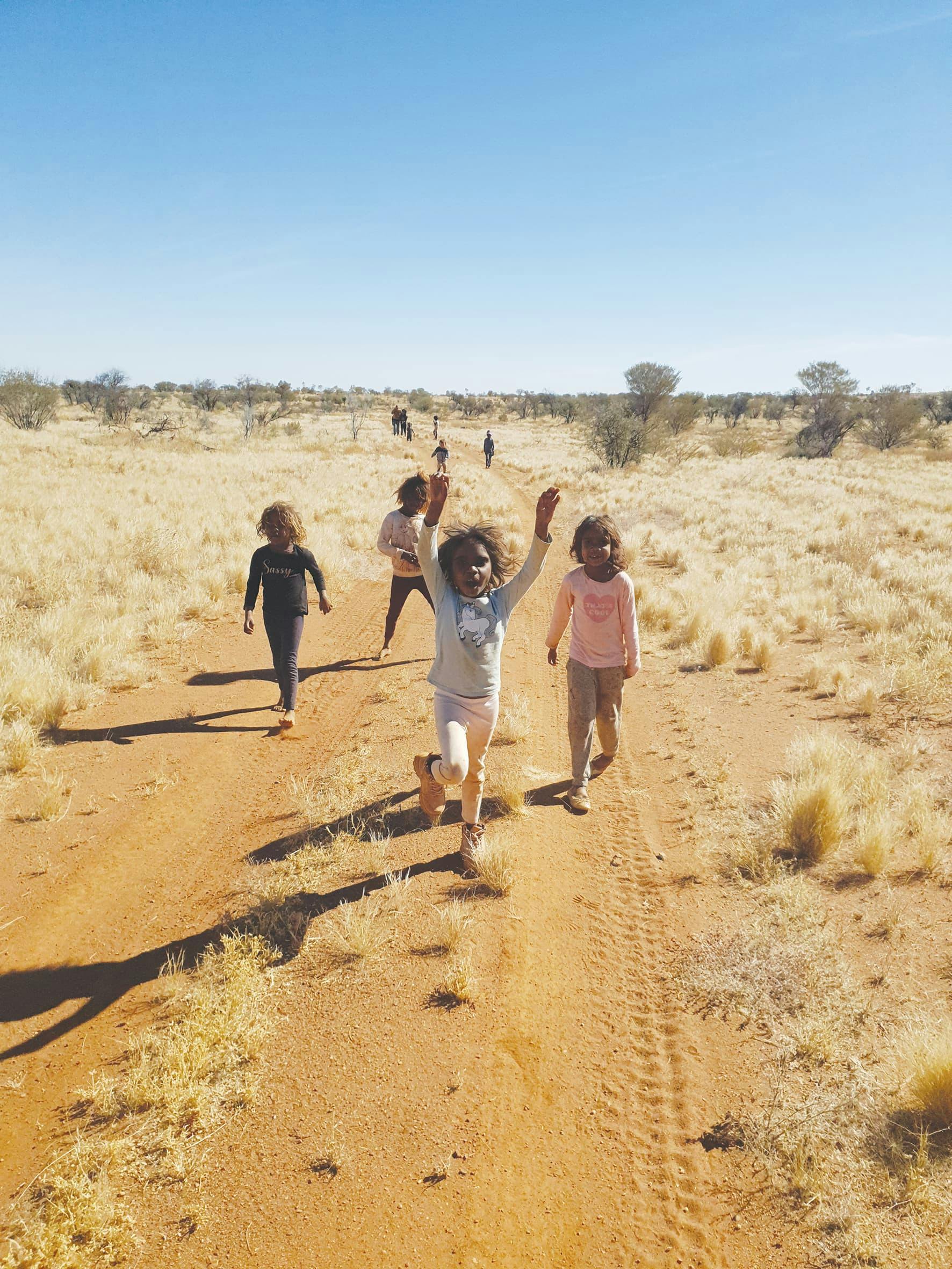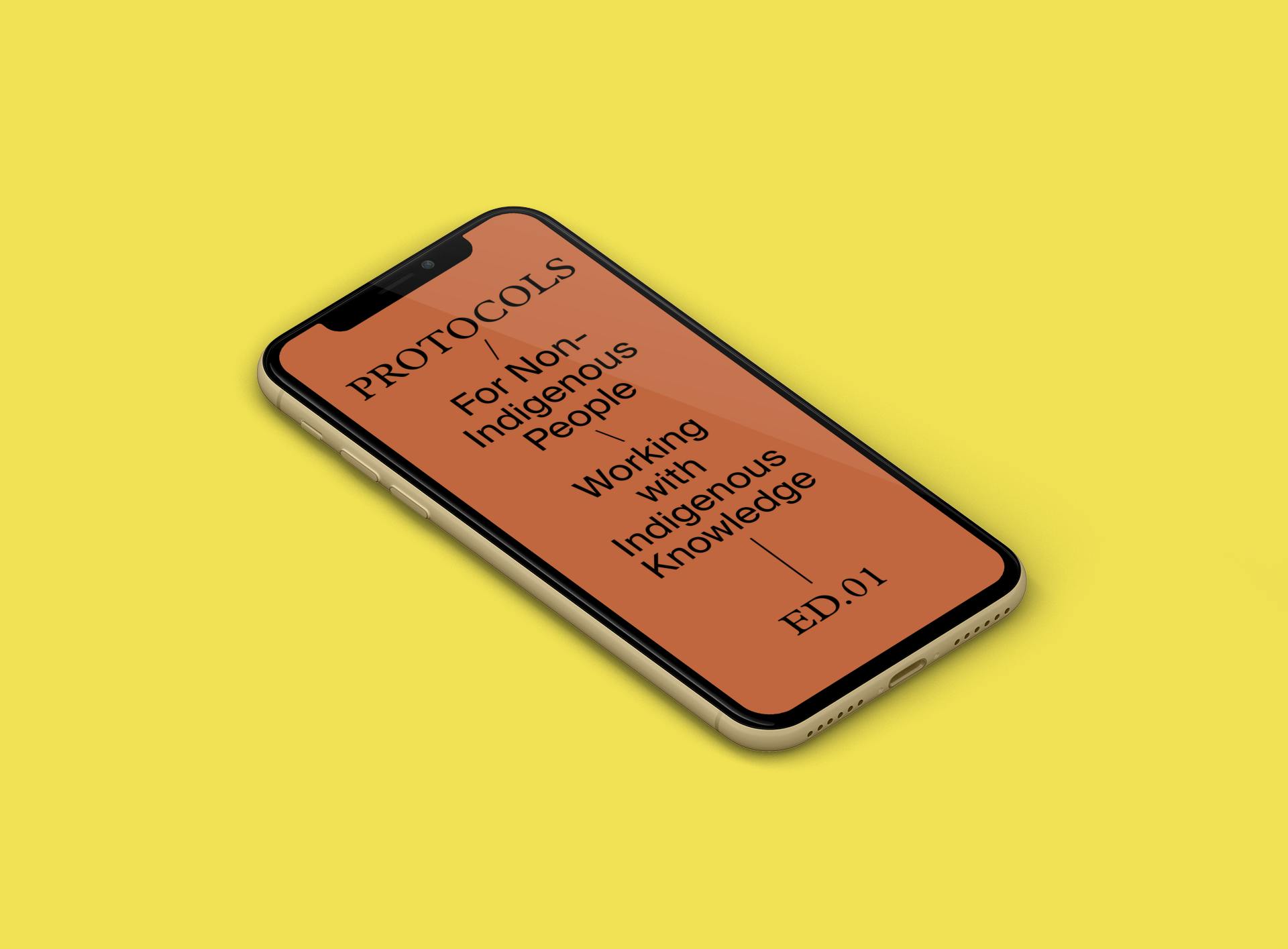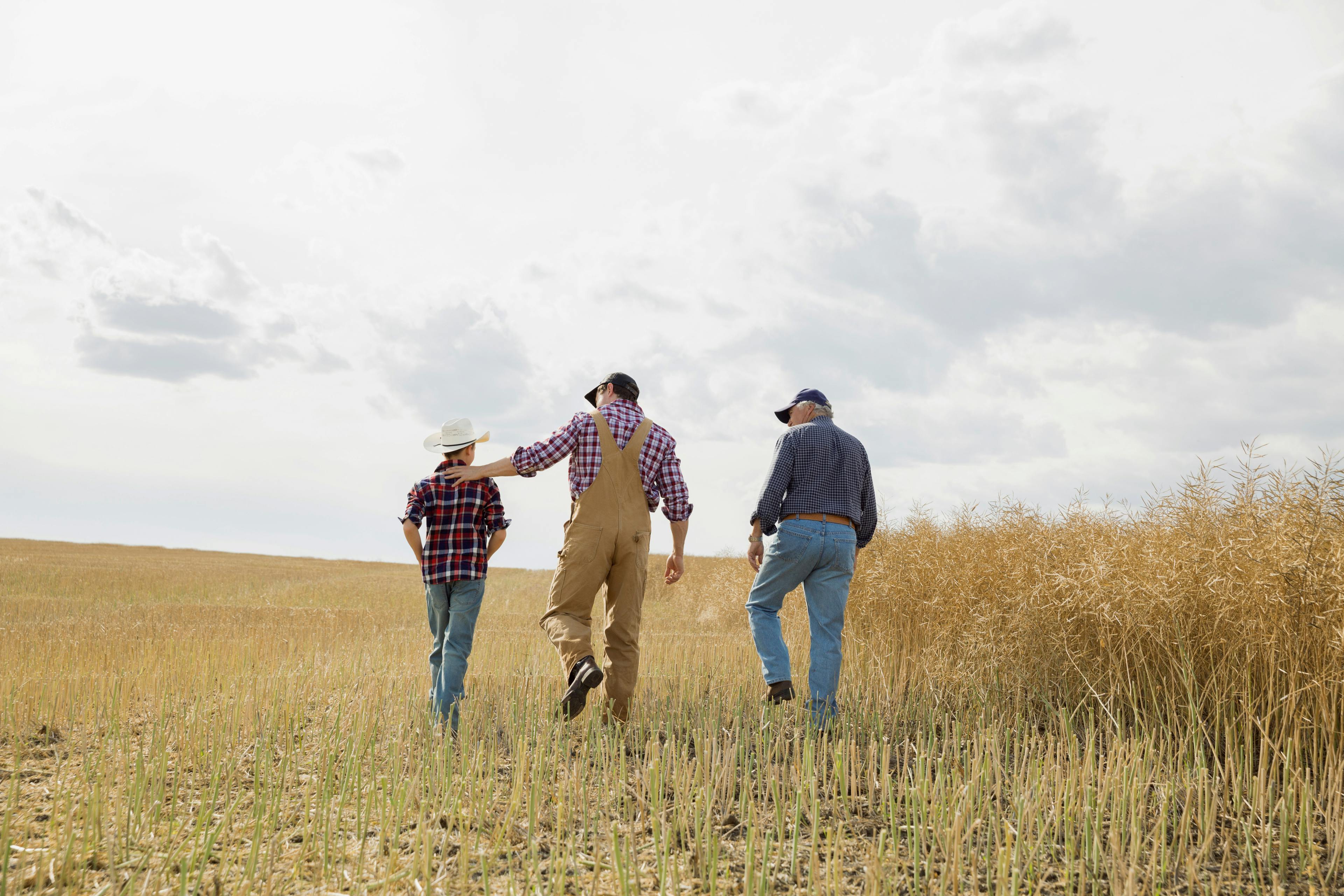The Nature Conservancy
The Nature Conservancy doesn't do small-scale conservation. Across Australia and New Zealand, they're restoring entire ecosystems with science-driven projects that bring together Indigenous knowledge, landholder expertise, and the kind of long-term commitment that actually shifts the dial.
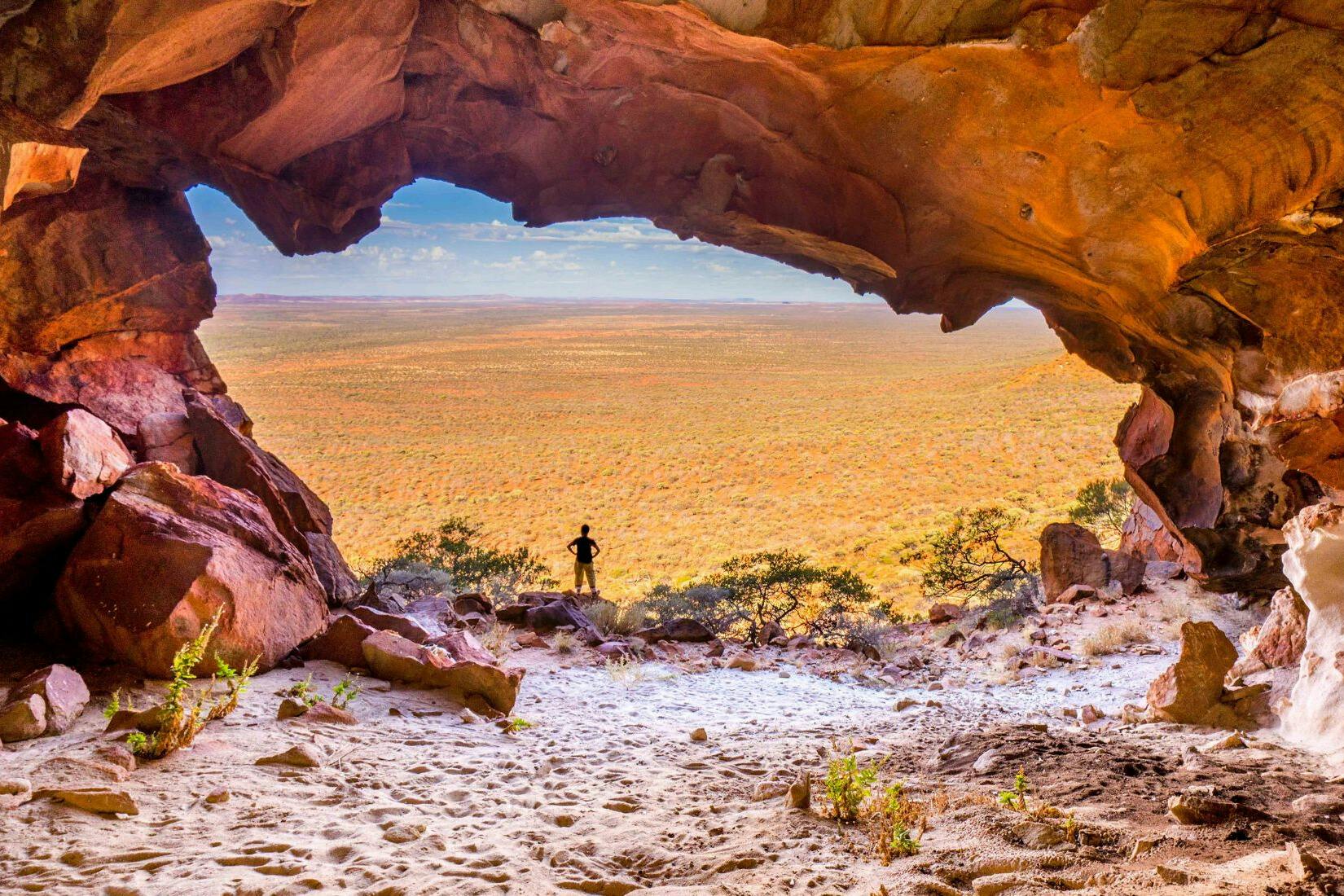
“You know when you read something and you think ‘Gee. I wish I’d written that’? That’s Fireside. At times it feels like they know what we want – and need – better than we do. They understand our ambition, they talk to our people, with warmth and respect – and then they bottle it and hand it back to us. Just like we’d hoped they would. Only better.”
– Ally Catterick, Director of Marketing and Communications, The Nature Conservancy
The challenge
The Nature Conservancy is on a mission to save the planet. It’s no small task, and to do it right, they need some serious resources. The best way to get those resources is by attracting donors. And the best way to attract those donors is with an impact report – a detailed account of the organisation’s work and the difference your donation can make.
Sadly, most impact reports are tired affairs – all numbers and no soul. To capture the interest of high-end donors (and keep existing ones invested), The Nature Conservancy knew they needed something different. Something data-driven yet human, weaving impact into an emotionally resonant story that draws readers in and keeps them engaged. In other words, they needed Fireside.
How we solved it
Drawing on our experience editing some of the country's favourite publications, we gave The Nature Conservancy the magazine treatment, writing a series of profiles and case studies that pulled readers in like a weekend slow read while making the case for conservation without ever feeling like a pitch.
We told rich stories about the people doing the work – the scientists, the landholders, the community champions – and let their passion and commitment bring the data to life. Complex ecological science became vivid narrative. Abstract impact became tangible change. The result was an impact report that worked on supporters' heads and hearts, helping them see their contribution as part of something bigger than a tax receipt. It moved people – and when people are moved, they act.
Here’s what we learned:
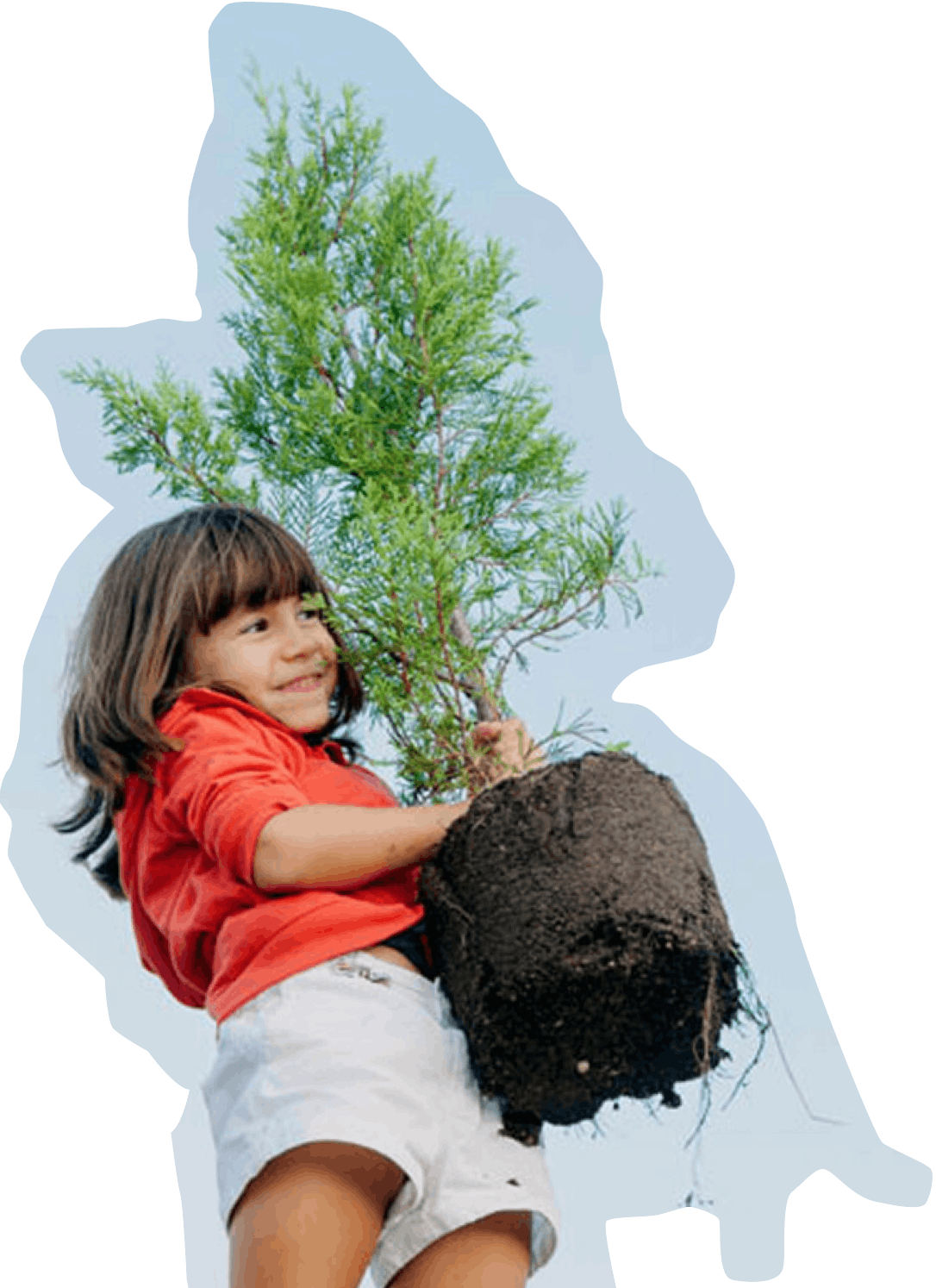
Here’s what we learned:
- Vague claims about “making a difference” don't cut it with sophisticated donors – you have to get granular and let the specificity do the persuading.
- Conservation writing has a reputation for doom or worthiness. The sweet spot? Being hopeful without being naive, and being serious without being humourless.
